As Built Modeling
As built modeling
Get a solid surfaced CAD model of your existing facility
Point cloud data sets aren’t enough. Get a fully functional solid surfaced CAD model to help you make the most educated decisions about the improvements to your facility.
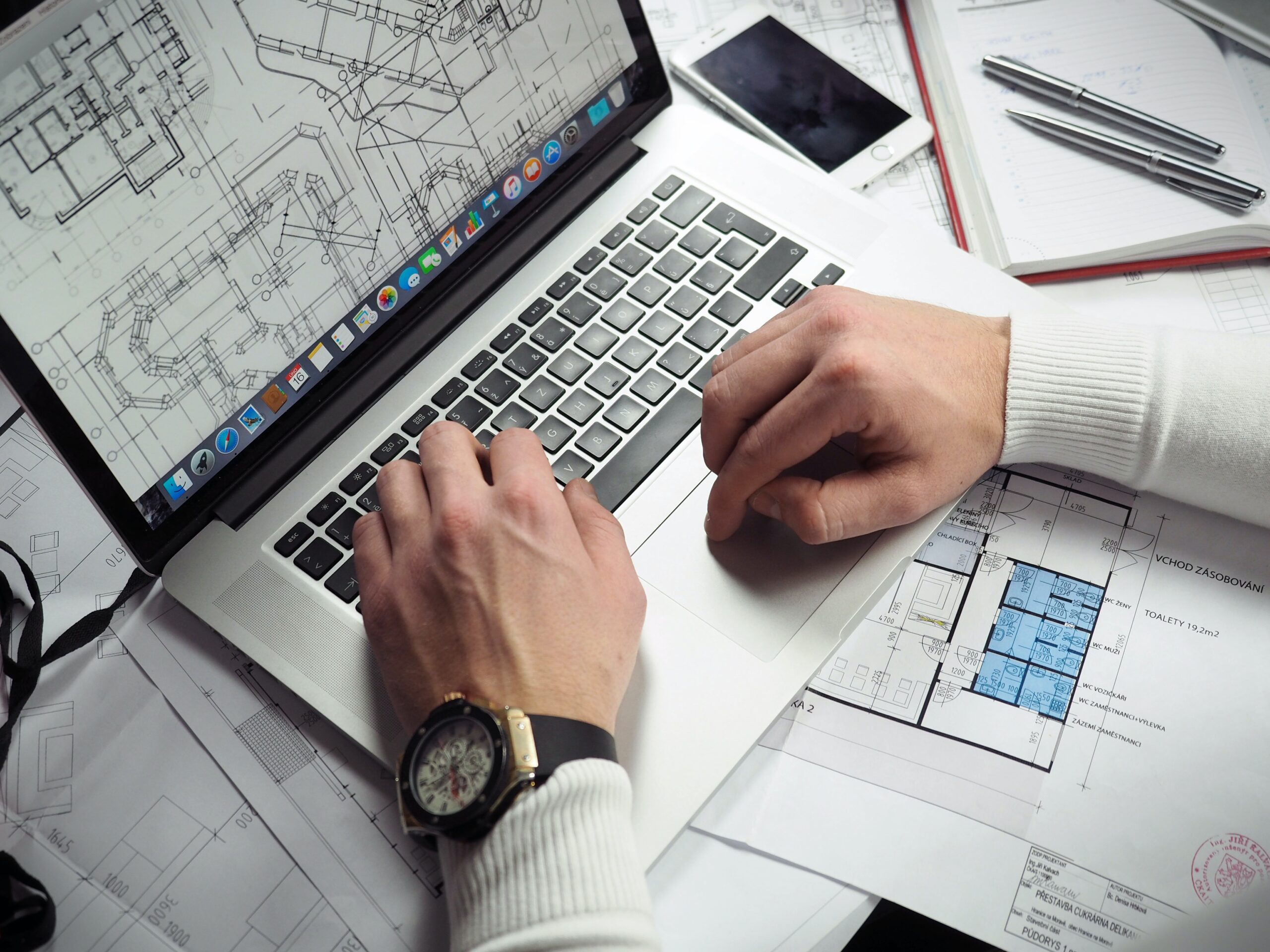
Need help?
Call us to speak with one of our experts today!
as built modeling
The most accurate data of your facility
As designed data and as built data can differ. Knowing the as built data of your facility ensures that you don’t run into obstacles or maintenance issues in the future.
Accurate as built data of your facility
Enable downstream design work
Integrate with all major CAD solutions
Our Service
Visualize virtual constraints on a project
See the constraints of your project before they become expensive problems. Update your facility with ease by knowing the constraints at the start of your project.

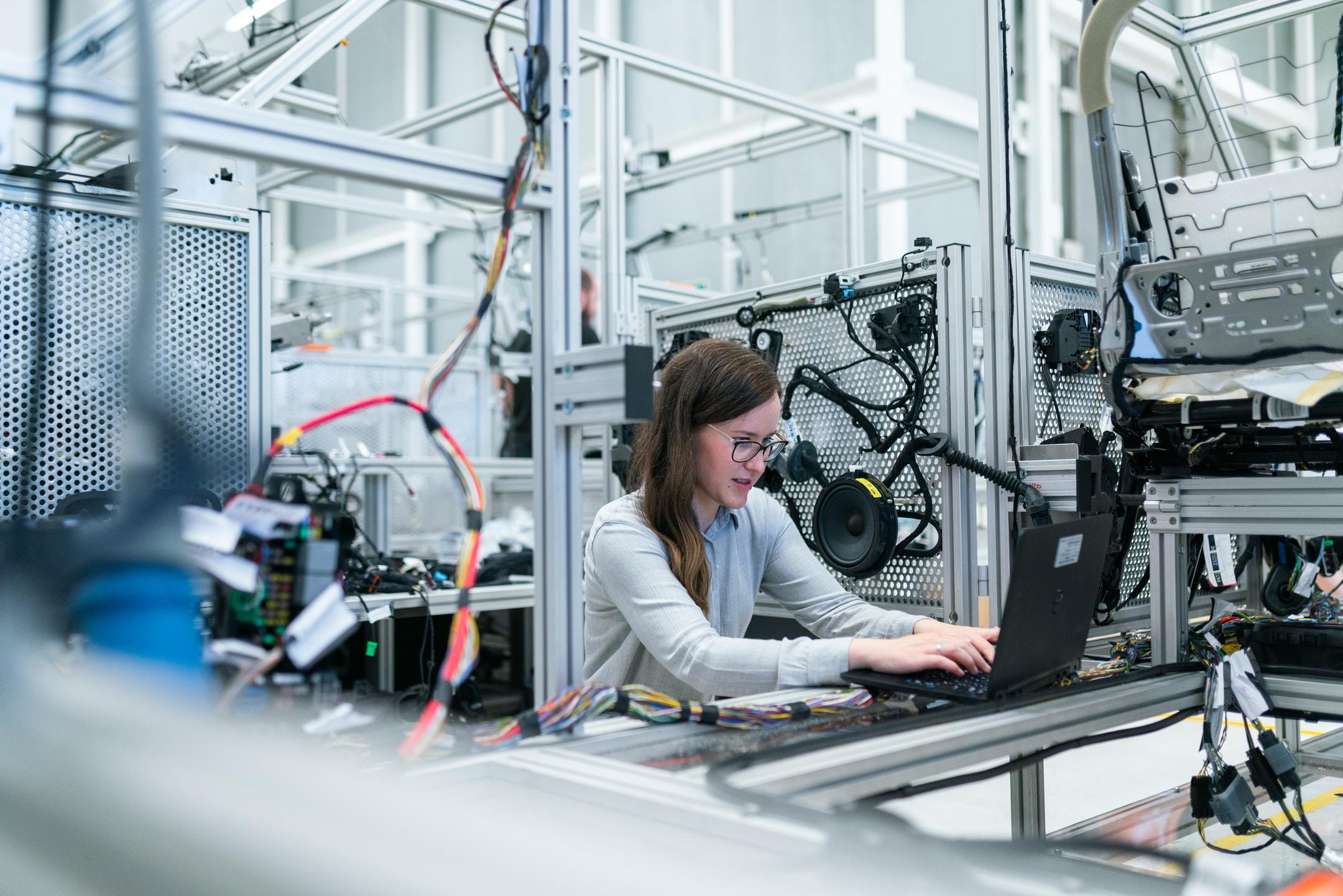
Our Service
Inspect as-built vs as-designed
Find the gaps in your as designed data by having 100% accurate as built designed models.
Our Service
Make sure your building plans match what was actually built
With reality capture technology we can identify and correct any discrepancies between the data sets. So you can save time and money in the design and construction process moving forward.
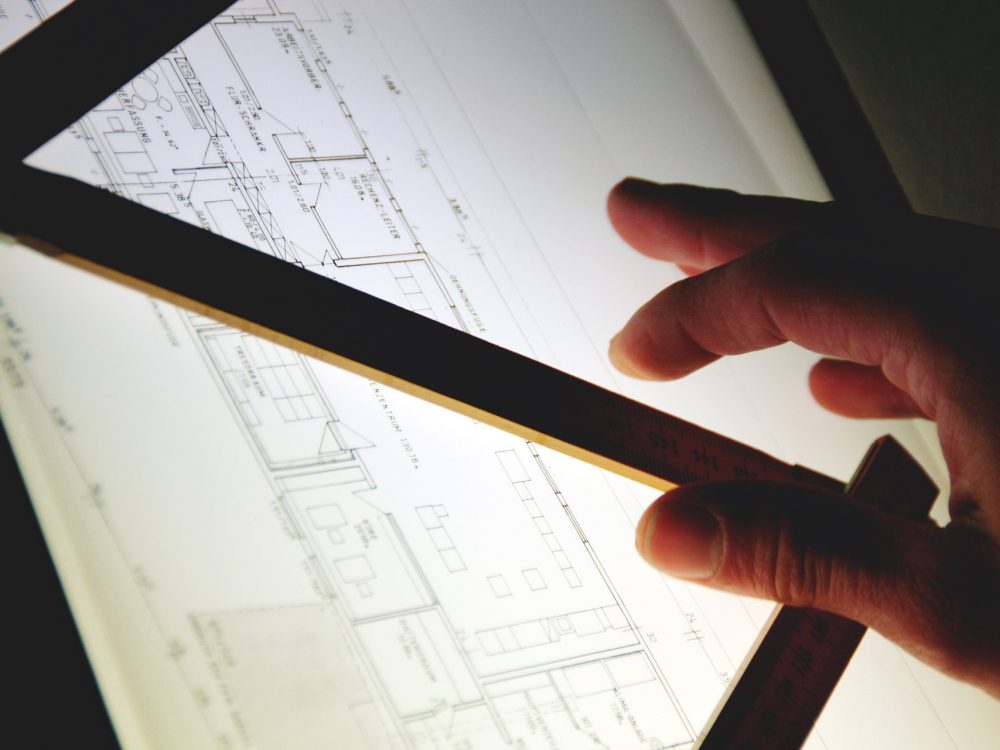
Testimonial
What they says about us
"Imperdiet pretium ex vel metus maximus vivamus accumsan. Aenean dignissim sollicitudin amet maximus praesent ullamcorper mauris cras."

"Imperdiet pretium ex vel metus maximus vivamus accumsan. Aenean dignissim sollicitudin amet maximus praesent ullamcorper mauris cras."
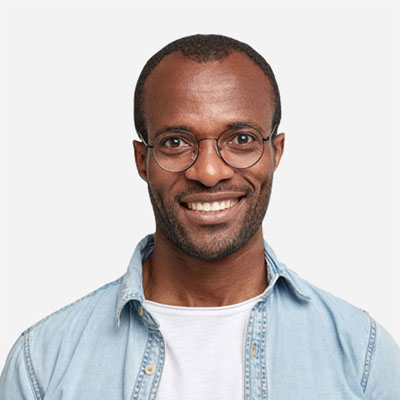
"Imperdiet pretium ex vel metus maximus vivamus accumsan. Aenean dignissim sollicitudin amet maximus praesent ullamcorper mauris cras."

BLog
Related Article
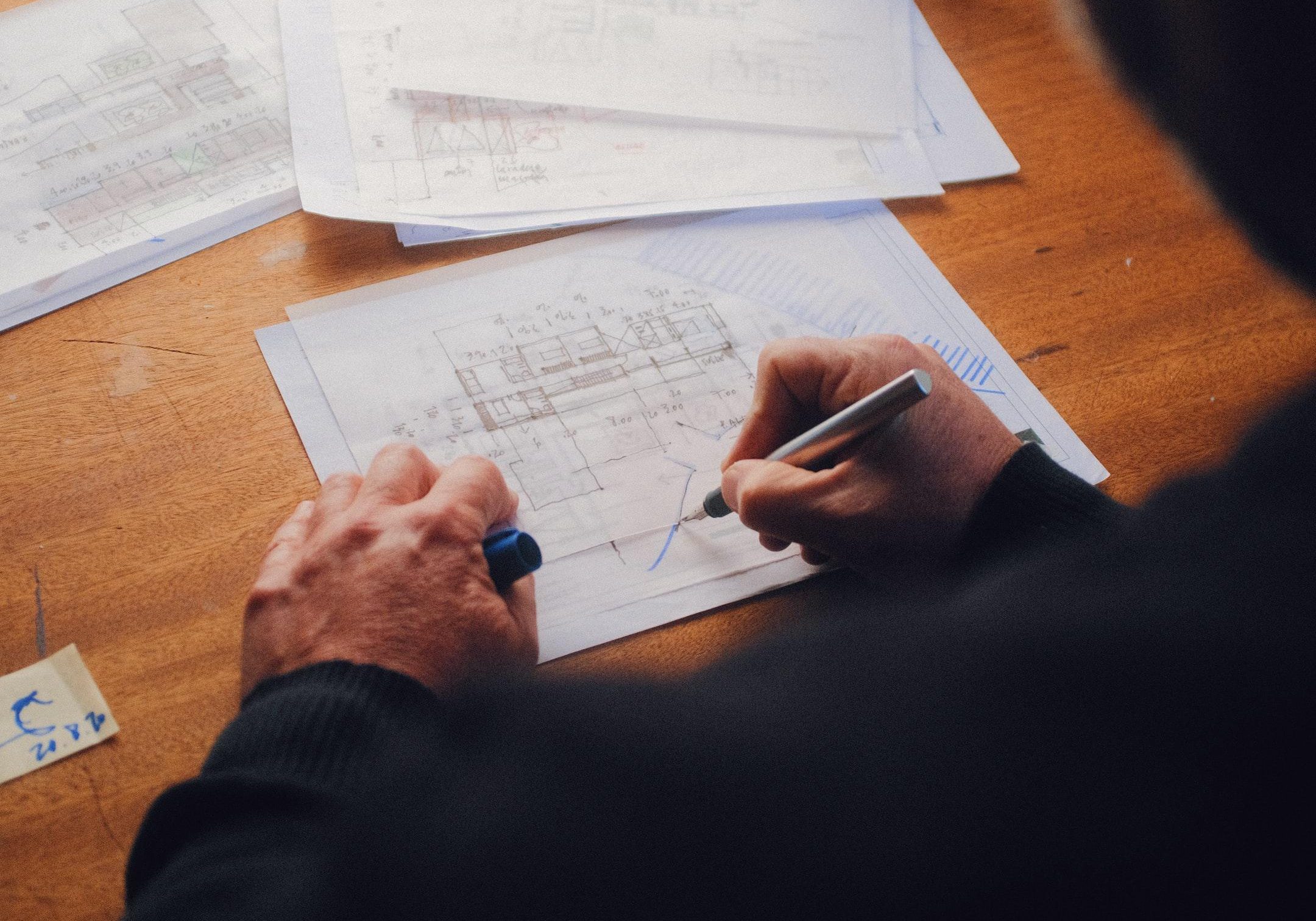
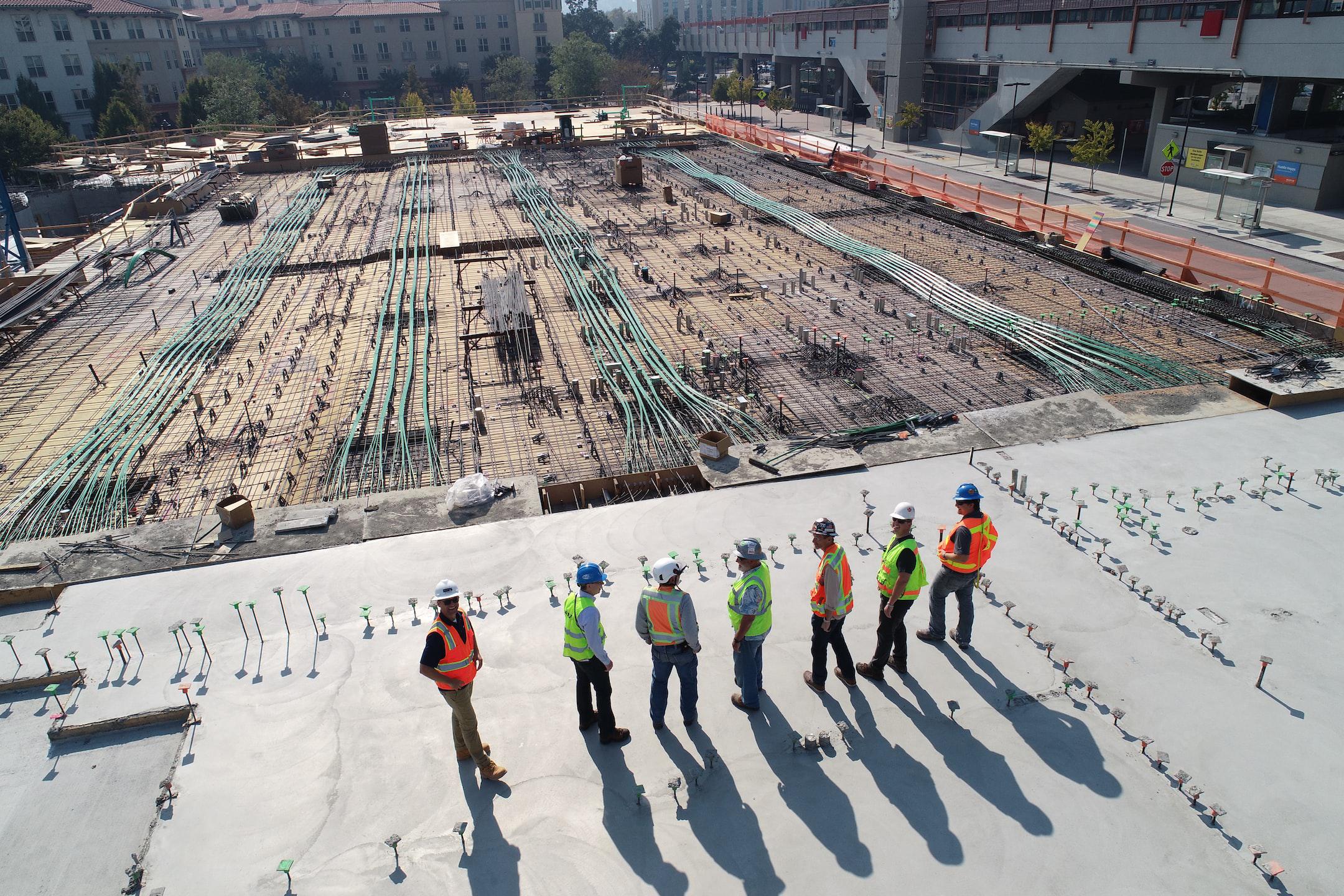
Scanning Solutions You Need for Different Types of Projects
January 21, 2023
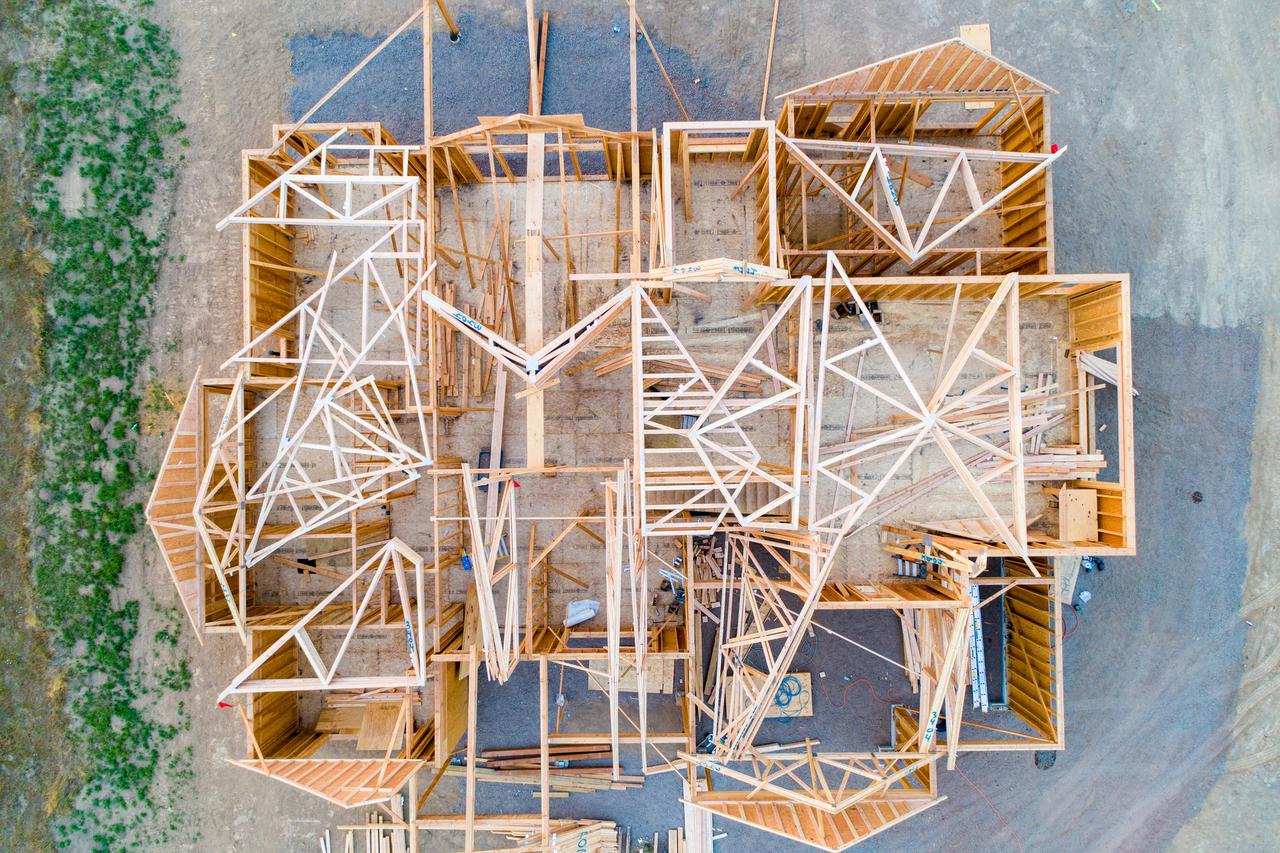
What to Expect From Your Scan to BIM Process
January 5, 2023
FAQ
Frequently Ask Questions
Reality capture refers to the process of collecting data of physical spaces or objects using various types of technology such as laser scanning, photogrammetry, lidar and SLAM. The captured data is then processed to create accurate digital representations of the real world conditions that can be used by a variety of professional disciplines like operations, architecture, engineering, construction, entertainment and more.
The level of accuracy depends on the type of technology used and the purpose of the project. Generally, modern reality capture systems can achieve accuracy levels ranging from a few millimeters to a few centimeters.
Our equipment varies depending on the specific needs of each project. We use advanced laser scanners, cameras, drones, and other specialized tools that allow us to capture data with high precision and detail.
Laser scanning uses laser beams to measure distances and create 3D models of objects and spaces, while photogrammetry uses photographs to extract geometric information and create digital models. Both techniques have their advantages and disadvantages, and the choice between them will depend on the specific requirements of your project.
The duration of a project depends on its scope and complexity. Generally, it takes a few days to a few weeks, but larger or more intricate projects may take several months or even years to complete.
Reality capture can capture a wide range of data, including geometric measurements, textural information, color and lighting, as well as metadata such as GPS coordinates and time stamps.
Reality capture has many applications in fields such as architecture, engineering, construction, manufacturing, entertainment, and virtual reality. Some common uses include creating digital models of buildings, surveying terrain, designing and visualizing products, creating 3D maps, and producing immersive experiences.
Yes, modern reality capture technologies can capture data from all kinds of environments, including outdoor spaces. In fact, some technologies like Lidar are particularly useful for scanning large areas such as cityscapes or natural landscapes.


